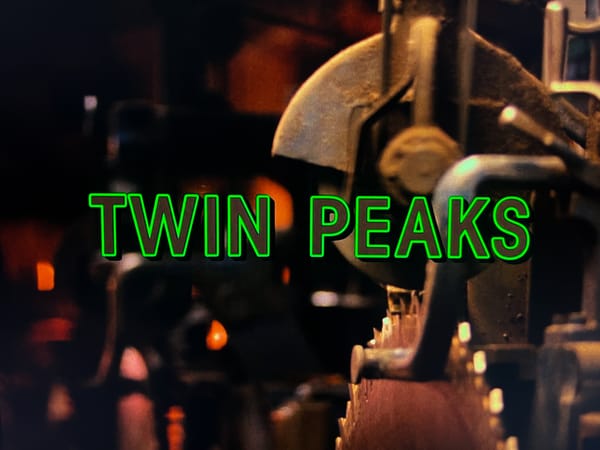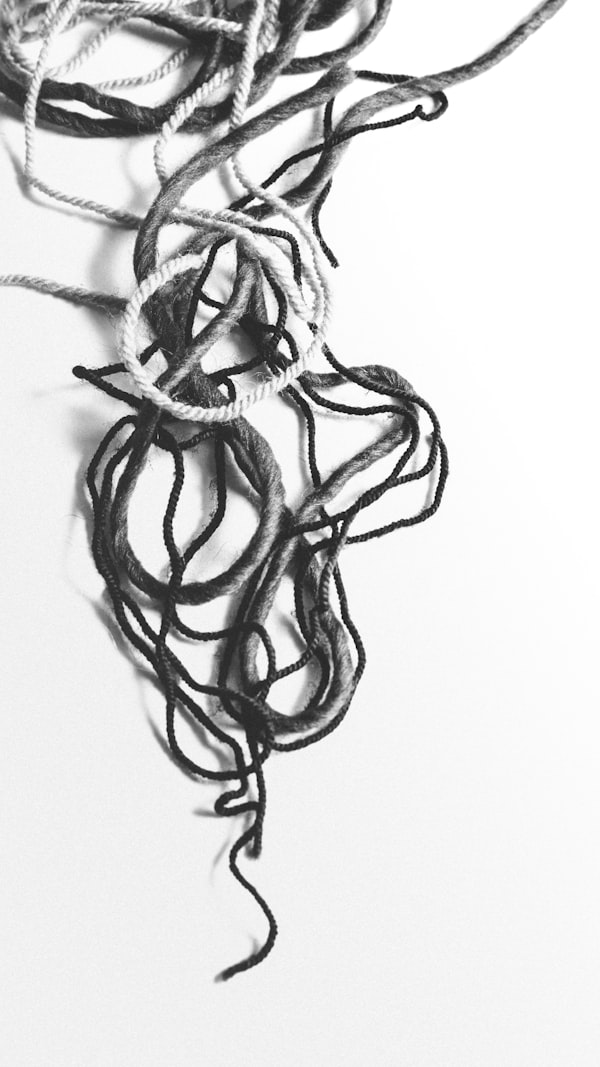From the editor: Where is the value in art?
by Cristian Andersson
On Thursday, April 16th, I will be attending a conference at the Overture Center for the Arts in Madison for the first “Creative Wisconsin Day,” a day to both celebrate and speak up for the creative sector. The conference is hosted by Arts Wisconsin, an organization established in 1992, and replaces what used to be known as “Arts Day.” The Arts Wisconsin website states that the name change is to stress the importance of “creativity” as a major resource for our state, and the 21st century as a whole. The distinction in the name change is significant, and one that I appreciate. More on that later.
Giving the arts a go as a profession is an exhilarating decision. When I made this choice, I felt revived. It was 2010, and I had spent the previous decade working up to a position of some responsibility at a financial institution. I am very appreciative of my time there, as I learned how to visualize and develop short and long-term goals and measure the effectiveness of methods used to achieve those goals. I made wonderful connections with community members, some of which I hold to this day. I had financial comfort. I had achieved a level of “success.” However, with all that being said, I felt restrained. I like to move fast, to create out of passion, and to experiment with abstraction. Not necessarily the qualities that are typically associated with a credit union. So, I hung up the suit and tie, went to school at UW-Green Bay to study visual and design arts, and then, in 2014, opened up Matchbook Studio. It was an exciting and scary time.
I made the decision that many artists make. To eschew the safety of a traditional job and instead to put trust in my ability to exercise my creativity. To play that balance of part-time and odd jobs to find some sort of income to help support the full-time passion of creating work and finding ways to introduce it into the world. I am currently part of the “gig-economy” where I have a stack of 1099s from jobs that I may work one day a month or one day a week. Short-term teaching positions and occasional stipends. These are things that I have to keep going, as selling paintings is certainly not a guaranteed income for me and I have very real costs in studio rental, supplies, bills, and the need to have some money in my pocket to feel like an individual. And, as I start doing more and more performance work which has little to no immediate financial return, things become even more difficult. And then there is the investment in time, energy, and costs curating exhibitions and creating the journal you are reading right now—things that provide no income to me, but I see as an extremely important extension to how I define myself as an artist. At times I do not like telling people I am a painter, because all too often I am faced with a quizzical stare and the inevitable question: “but how do you make your money?” Yes, I am frustrated that the profession I have chosen does not provide the financial stability that most other professions do. It is hard to know that I have to have other jobs to support this young career. When Madelyn sent over her poem for this issue of fsm. I formed an understanding from the sentiments she was expressing because there are definite times that I just want to give it the fuck up. But, in spite of all that, I cannot complain. Really. Because this is a choice I am making. And this choice is based out of the value that I have attributed to what it is that I do.
In April 2018, two years ago, I finished a piece that completely changed the trajectory I was on. Previous to that I was making paintings that were very self-reflective. I hoped that people would find interest in the aesthetic of the work, and, ideally, some identity with what I was trying to process. But, in the end, it was work that was all about me. Then, in October of 2017, I was struck with an idea for something that took me the next six months to complete. I put my measurement and goal-setting skills that I learned as a manager at a financial to good use as I had to work hard on both developing this piece and being able to balance the rest of my career. After six months I finished something that I still consider my greatest work to date. It was a piece that wasn’t for me. In fact, the creation if it was actually physically and mentally damaging to me. Instead it was a piece for everyone else. The finished work, 9’ by almost 40’ in dimension, was a “gift” that I made for anyone who felt the pressures of our time. I am never expecting to receive money for the time that it took to make it. And, that is fine. Because I discovered the intrinsic value of the work—the value in itself.
It is easy to think that I am feeling content with the process of having created something for the sake of it simply being as a justification for not making a livable income, and that I would only feel that way until I either get to a point where the struggle has become too much and I scrap it all, or that magic day where the work all pays off and I find myself wealthy off of my endeavors. Yes, I want to feel a bit more secure. And, yes, I do feel extremely happy and relieved when someone expresses that they like what I do enough that they will give me money that they had to earn at their job in exchange for what I do. I understand personal budgets and am ecstatic when what I do makes the level of someone justifying the cost. I also know, however, that I am not selling work to people who are considering it a financial investment. Instead, they are also recognizing something special that artwork creates–that it provokes an emotion. That the value of a painting isn’t necessarily going to be the thought that it can be sold at a later point on the financial market, but rather that the value is when they look at the piece that they may think about the emotion that they feel, or presume the emotion that I felt when I made it. That they may see something familiar in their home, and yet understand its uniqueness as an object. The appreciation that it is handmade and created to last for generations. That the work is the finished product of the artist and the material, moving in relative harmony, during a specific time, place, and emotional state that will never happen again. That the value of the art is all wrapped up in itself in a very intangible and yet explainable way.
Back to “Creative Wisconsin Day,” or “Arts Day” as it used to be known. A portion of the day will be discussing the tangible value the creative sector brings to our economy and looking at hard numbers. According to the Arts Wisconsin website, in March 2019 the U.S. Department of Commerce’s Bureau of Economic Analysis (BEA) and the National Endowment for the Arts (NEA) released numbers for Wisconsin—that the creative sector has over 94,000 arts employees. $9.7 billion dollars came into the state’s economy from the creative arts. Those are numbers to be extremely proud of, and great examples of why the creative sector is so important to keeping our economy healthy. Based off of those numbers we will stress to our local, state and national government representatives why it is vital that they recognize the impact the creative sector has, and that funding projects is a solid investment on return. And it is! At the same time, I believe that the valuation of the arts must not always be aligned with numbers.
The 94,000 jobs I mentioned previous certainly outpaces other sectors such as the state’s beer industry (63,000), biotech industry (35,000) and paper making industry (31,000). All numbers taken from the Arts Wisconsin page and available through the NEA. The creative arts account for a 3.1% share of the state’s economy. That is all fantastic news and should absolutely support the notion that the creative sector is important.
The truth is, while I–and a lot of fellow artists I know–are part of the 94,000 jobs, we are a very disproportionate amount of $9.7B. There is a lot better income potential in the creative sector than making a painting, a poem, or a dance. So why should we do this? Why do we choose to exhaust ourselves trying to make it work, when there are proven tracks in the sector to find financial stability? Where is the value in capital-a art?
If we value the creative sector only in numbers, then those who hole up in a studio space with intentions of creating a dance, a poem or a piece of fine art seem to be an anachronism. What we cannot forget, however, is the intrinsic value that the production of art brings. That the work that these artists do, and that the community has an opportunity to witness, is a combination of concept, feeling, and perspective to various degrees. The work is a direct consequence of the shared human experience. If we want to value our society, then we must value the arts and those that create it. It is beyond the economy. It is more than measurements. It is about appreciating our humanity, in all its guises.




